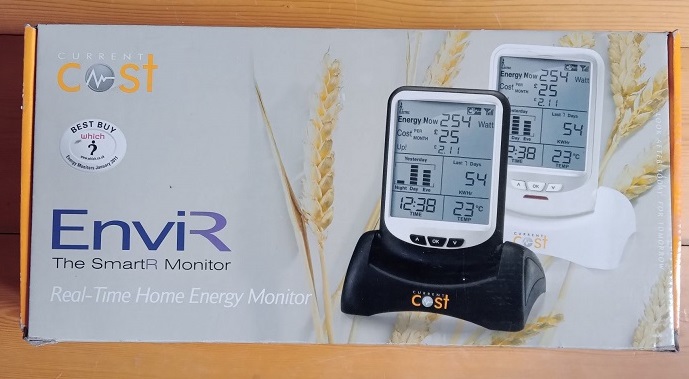If you can’t get a smart meter or AMR service#
If you can’t get a smart meter, or face a long wait, here are some of the ways venues get at least some useful information:
by checking past energy bills for actual readings, not estimates.
by checking past energy bills for annual consumption information, which started appearing in 2014. This might be based on estimates, but taken over several years you can expect the information to be roughly right.
for venues where some aspect of energy supply is managed by a larger organisation, such as a “bulk buy” tariff, asking what data that organisation has about your usage.
by asking any “green” group in your organisation if they calculate annual carbon footprints, which should have equivalent information.
by taking quick photos of the meter readings. A phone or digital camera will automatically save the time and date with the photo. Someone will then need to go through the photos.
by keeping a notebook and pen next to the meter for writing down the date, time, and reading, or using a phone app or online spreadsheet to record the information.
by taking meter readings in a shared “log” on the web, maybe using our template:
Be inventive about who might be willing to take readings. If you are church that lets a musician practice sometimes, they might return the favour, or it might be a good task for a teenager.
Venues with very high energy use might find it worthwhile to get commercial monitoring equipment installed, but that costs several hundred pounds per meter.
Reading meters and getting kWh
Meters can be hard to read properly, especially older ones. It’s very important to know whether gas meters are imperial (in ft3) or metric (in m3) and how to transform that into kW. For electricity, there may be separate readings for day rates and night rates. Without access to past bills, it may not be obvious how many meters there are, whether any are submeters, and what areas they serve. Even just taking photos of the meters with the current readings will be an achievement for many groups.
Will a clamp-on electric meter work?
Some community group members will remember the clamp-on electricity monitors that utility companies used to give out that would give readings every six seconds. It is sometimes possible to use these meters in community buildings, but getting a smart meter is a much better option. Half hourly readings are sufficient for most purposes and smart meters will save historical readings.

If a smart meter won’t work for you, though, this could be an option. It takes a tech enthusiast to save data from this model because they’ve been out of use for so long, but Owl sells something similar that sends data to the internet. They have versions for both single and three phase electricity supplies.
We can’t advise on whether a clamp-on monitor will work or be safe. If you intend to use one, please keep in mind that a domestic model might not be suitable for the electricity supply in your building. Definitely avoid using clamps:
if the meter is badly maintained
if the cables are over 50 years old
if you believe the cables are not double-insulated
if you would need to disturb the cables to have enough room for the clamps
if the clamps wouldn’t fit properly
You absolutely must not open any electricity supply cabinets or disturb any trunking unless you are a qualified electrician who has been authorised by the community group’s trustees to carry out work in the building.

